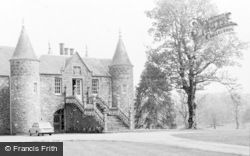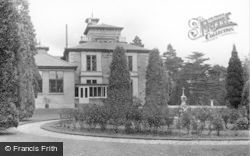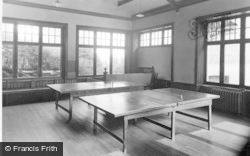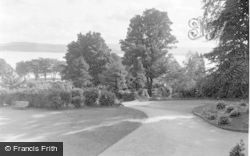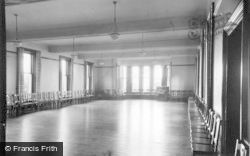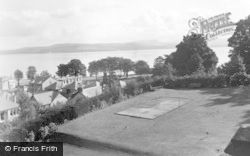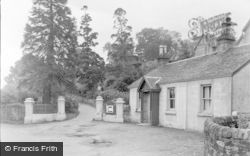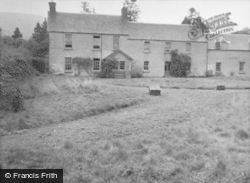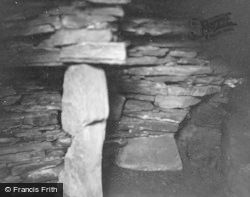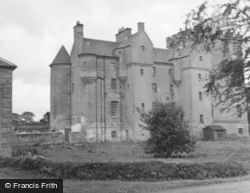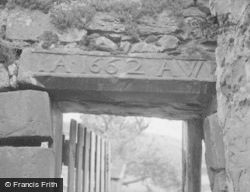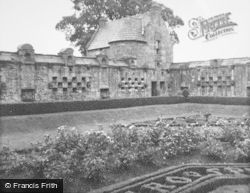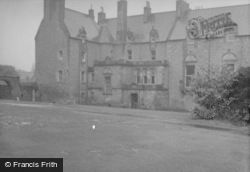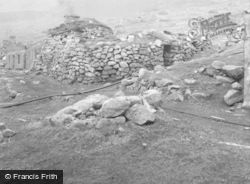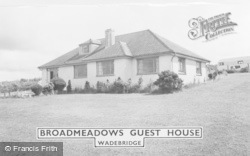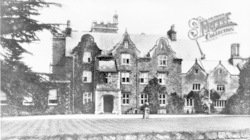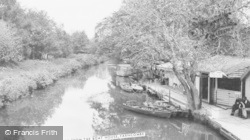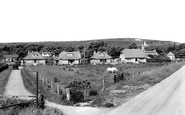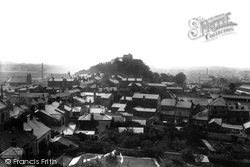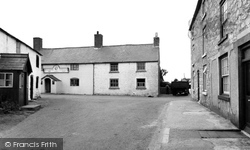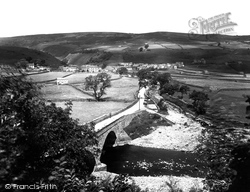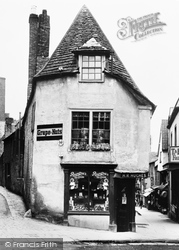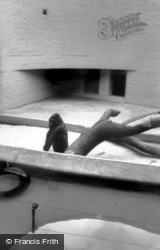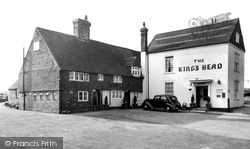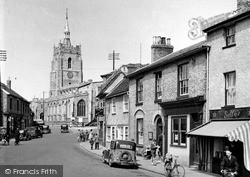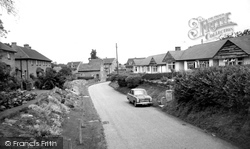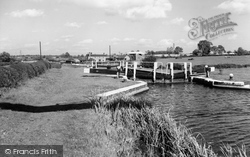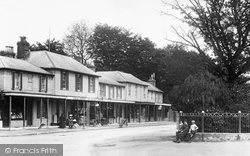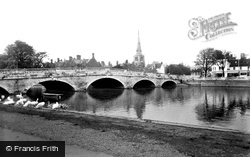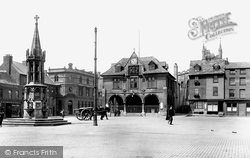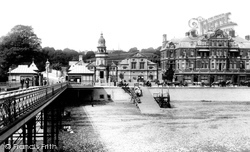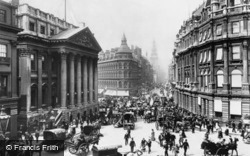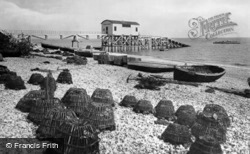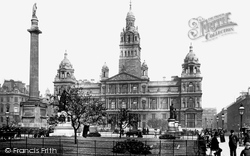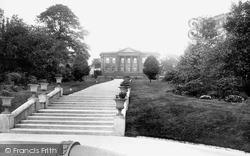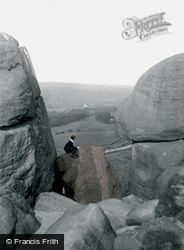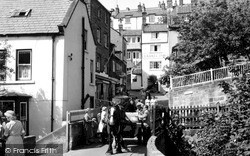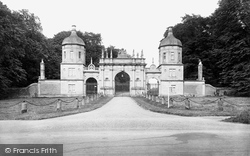Places
36 places found.
Those places high-lighted have photos. All locations may have maps, books and memories.
- Chatsworth House, Derbyshire
- Osborne House, Isle of Wight
- Brambletye House, Sussex
- Ickworth House, Suffolk
- Kingston Lacy House, Dorset
- Boscobel House, Shropshire
- Preshute House, Wiltshire
- Bolton Houses, Lancashire
- Brick Houses, Yorkshire
- Quaking Houses, Durham
- Water Houses, Yorkshire
- Bottom House, Staffordshire
- New House, Kent
- Mite Houses, Cumbria
- Lyneham House, Devon
- Church Houses, Yorkshire
- Dye House, Northumberland
- Spittal Houses, Yorkshire
- Street Houses, Yorkshire
- Tow House, Northumberland
- Halfway House, Shropshire
- Halfway Houses, Kent
- High Houses, Essex
- Flush House, Yorkshire
- White House, Suffolk
- Wood House, Lancashire
- Bank Houses, Lancashire
- Lower House, Cheshire
- Marsh Houses, Lancashire
- Chapel House, Lancashire
- Close House, Durham
- Guard House, Yorkshire
- Hundle Houses, Lincolnshire
- Hundred House, Powys
- Thorley Houses, Hertfordshire
- School House, Dorset
Photos
6,747 photos found. Showing results 4,681 to 4,700.
Maps
370 maps found.
Books
Sorry, no books were found that related to your search.
Memories
10,363 memories found. Showing results 2,341 to 2,350.
Farming From Horses To Electronics
My grandfather G. A. Smith took the tenancy of Springs Farm on Edingley Moor in 1931, when I was six months old. A builder by trade, and a sergeant in the Sherwood Rangers Yeomanry during the First World War, he ...Read more
A memory of Edingley in 1930 by
Memories Of A 'war Kid'
See my memory under "What did you do in the war, Granddad?' This pic shows the point on the Wey navigation featured in my 'Giving up smoking' story. The barn where the heavy horses were housed is still there, opposite the 'oil mills'. It is now a visitor centre.
A memory of Weybridge in 1940 by
Holidays In Lightwater
As a very young child coming from Berkshire, I with a brother have spent many years of enjoyment staying with relatives in Grassmere Road in the house where my mother along with other members grew up, The house seemed ...Read more
A memory of Lightwater by
Netherthong Public Houses Part 1
This chapter is a work in progress and as it is more than the 1000 words allowed in this memory, I have split it into 2 sections. The current title is : Public House, inn, alehouse, tavern, pothouse, beer ...Read more
A memory of Netherthong by
A Bevin Boy
I was called up under the Bevin Scheme in April, 1944, and after a rather indifferent training at Annfield Plain Training Centre, was sent to the Hobson, as I was staying at the time in lodgings in Burnopfield with a Mrs. Crisp, ...Read more
A memory of Burnopfield in 1944 by
Netherthong Public Houses Part 2
This is the second part of my ongoing research into the public houses in Netherthong. There is reference to two inns in Thongsbridge in 1853 - the Rose & Crown publican Hiram Earnshaw, and the Royal Oak ...Read more
A memory of Netherthong by
Barleyfield
We lived on Fishers Lane, Pensby then moved to Barleyfield Road where my little sister was born in the front bedroom of no 1. We walked down to Greenbank Junior School every day, three little kids holding hands through fields of barley ...Read more
A memory of Pensby in 1967 by
My Hastings Memory
I remember my gran taking for walks along Bottle Alley in the summer in the late 1950s and early 1960s. I also remember her taking me on the last trolley bus to run. At the time she lived at 106 Bohemia Road, those houses have ...Read more
A memory of Hastings by
New Road
I remember walking past here every day to school from 1950 to 1956 and then I went to Freshwater secondary modern school and still walked by it to catch the bus until I left the village in 1959. I remember the path on the left had a ...Read more
A memory of Brighstone in 1952 by
Son Of Sgt Bruce Krrc
My father was stationed at Chisledon Camp from 1939 to 1942. Living in Littlehampton on the south coast, threatened with invasion, my mother rented the end thatched cottage of the row of cottages which face the railway line ...Read more
A memory of Chiseldon in 1940 by
Your search returned a large number of results. Please try to refine your search further.
Captions
6,914 captions found. Showing results 5,617 to 5,640.
One rooftop of 1860 shows the Royal Insignia; it was the Court House, Lowergate (just out of this photograph).
The White Horse Inn (facing us, left) is now the last of seven public houses that are said to have once traded in the village; it is remarkable that the local population of so many small
The old smithy has been here since 1795 - it is still open, and now also houses a small museum.
Grape Nuts, Bovril and Rowntrees Cocoa give a clue as to his produce, sold from what Frith called the oldest house in Frome.
The stylish design of Berthold Lubetkin's enclosures at Dudley Zoo is seen to good effect in this view of the Gorilla House.
The King's Head in The Street in Capel, a village now by-passed by the A24 London to Worthing road, is now a private house, and its once sterile car park is now an attractive front garden
The White Hart has had the paint removed from its front and is now no longer a straightforward village pub, but a Bluebecker's Eating House.
The big painted stone house in the left distance, No 15, is mainly 17th- and 18th-century, and has some stone mullioned windows.
The two brick buildings on the left are now Huffer's and Mill House Fabrics. The scene is not so tranquil today, thanks to the traffic.
The photograph clearly illustrates the village expansion with housing that could literally be anywhere.
The canal bypasses Fleckney on its eastern side; the photograph looks north east across Second Lock, towards Kibworth bridge and Bridge House, as the waterway winds towards Newton Harcourt
This fairly graceful early 19th-century shopping arcade, with its weatherboarded houses with large shop windows under a colonnade of thin cast iron columns, included a general hardware and implement
This view was taken from near the Bedford Rowing Club clubhouse just before the buildings on the right were demolished for Swan House in 1960.
The tall lean rickety Dickensian building in front of the church housed the electricity and waterworks offices.
This view looks east past the much-reduced George pub, with Burton's facade beyond, to the junction of Cambridge Street at the left and High Street to the right of the Round House.
Owned by the National Trust, the building houses a number of literary relics, which these visitors have come to peruse.
The domed tower topped with a weather vane housed the public baths, whilst the grandiose hotel catered for the wealthy merchants.
Mansion House, the lavish building on the left, has been the official residence of the Lord Mayor for two centuries. It was built by George Dance on the site of the old stocks market.
Lobster pots, small fishing boats and flint cobble walled fishermen's cottages survive the tide of modern housing.
Here were the magnificent municipal buildings, completed in 1888 at a cost of £540,000, including the post office, the Bank of Scotland, the Merchant's House and several hotels.
Mansion House dates from 1826. The Mayor of Leeds, John Barran, the pioneer of mass clothing, bought it at auction in 1871; he then sold it at cost to the Leeds Corporation.
The house was divided into three parts in 1919, and is now used as offices by a major building company.
We can see the steepness of the streets by comparing the level of the Laurel Inn with the houses rising up behind.
They were designed by the local architect William Legg and were built in 1801, incorporating in their design elements from both Burghley and Wothorpe Houses, to celebrate the 10th Earl's elevation to the
Places (80)
Photos (6747)
Memories (10363)
Books (0)
Maps (370)



